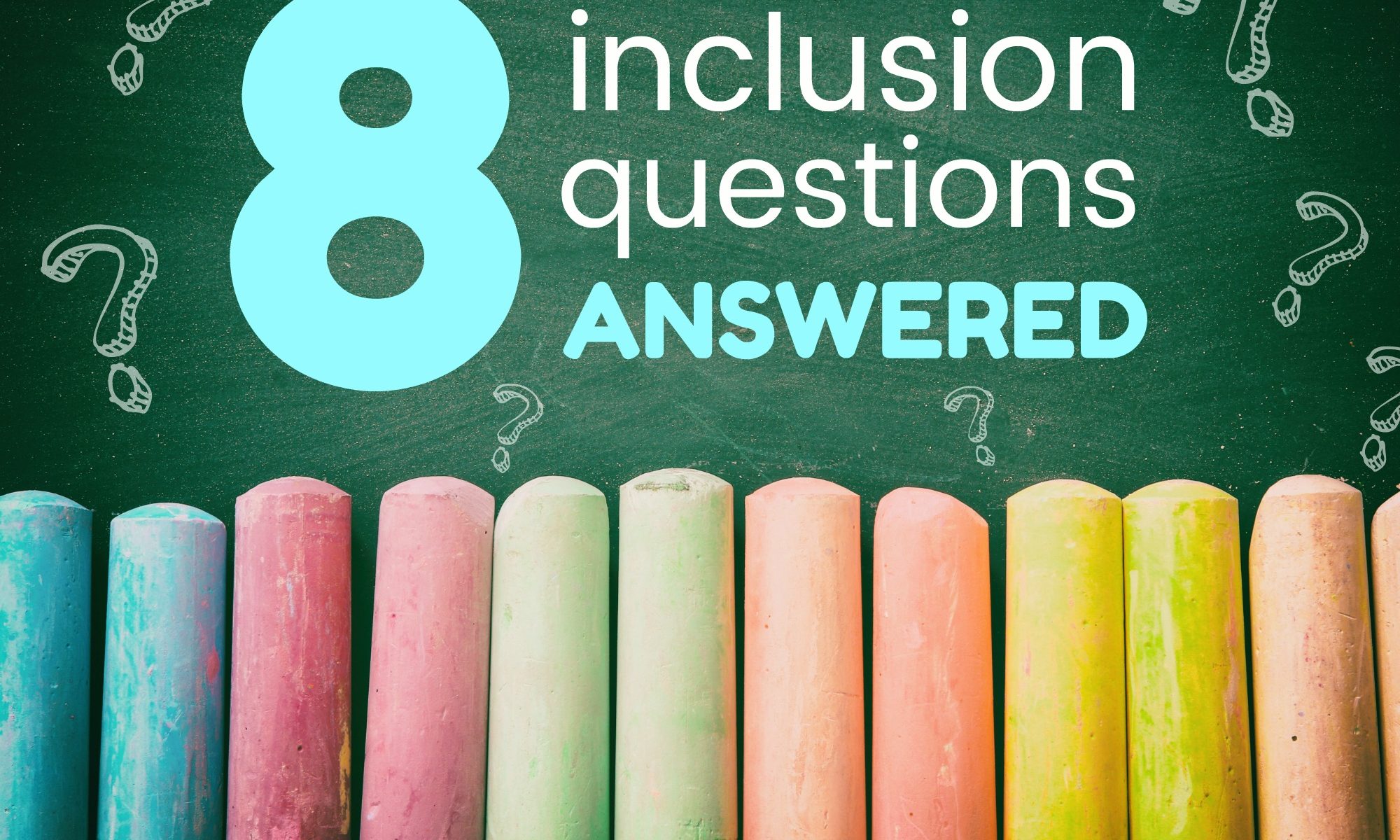Introduction:
Inclusive education is becoming an essential aspect of modern teaching practices. However, many teachers are unsure about how to approach and effectively manage an inclusive classroom. In this article, we will address common questions teachers have about inclusive classrooms and provide practical advice for creating a welcoming and effective learning environment for all students.
1. What is an inclusive classroom, and why is it important?
An inclusive classroom is one that accommodates and supports the diverse needs of all students, regardless of their abilities, backgrounds or learning styles. It promotes a sense of belonging and equal opportunity while offering tailored resources and strategies that allow each student to succeed. The importance of inclusive classrooms lies in the benefits they provide for all learners, including increased empathy, understanding, and improved academic performance.
2. How can I make my classroom more inclusive?
Creating an inclusive classroom environment requires planning and ongoing effort. Here are some key steps:
– Set high expectations for all students
– Encourage collaboration and cooperative learning.
– Differentiate instruction using various teaching methods.
– Use accessible resources and materials.
– Build a supportive community within the classroom.
– Provide clear instructions and timely feedback.
– Offer accommodations or additional support as needed.
3. How do I engage all my students in the learning process?
Engaging all students in the learning process involves being flexible and creative with your teaching strategies:
– Learn about your students’ individual needs, interests, strengths, and areas for growth.
– Incorporate activities that cater to different learning styles (visual, auditory, kinesthetic).
– Use technology to enhance learning experiences.
– Encourage discussions through open-ended questions.
– Promote active participation by offering a variety of roles within group activities.
4. How can I manage behavioral issues in an inclusive classroom?
Managing behavioral issues requires patience, understanding, consistency, and effective communication:
– Be proactive by establishing clear expectations and routines.
– Address inappropriate behavior calmly and assertively.
– Develop individualized behavior plans for students who need more support.
– Foster a positive classroom climate and recognize students’ accomplishments.
– Communicate with parents or guardians and collaborate with other school professionals as needed.
5. What resources are available for teachers of inclusive classrooms?
Numerous resources are available to help teachers create accessible and inclusive learning environments:
– Consult online platforms, such as Edutopia and CASEL (Collaborative for Academic, Social, and Emotional Learning), for teaching strategies and tools.
– Seek guidance from special education staff at your school or district.
– Join professional networks, attend workshops, and engage in professional development opportunities to stay informed about best practices.
– Utilize grants and funding sources to acquire proper materials and technology.
Conclusion:
Creating an inclusive classroom environment promotes positive outcomes for all students. By addressing these common questions, teachers can confidently take the necessary steps toward building a more equitable learning experience. With ongoing effort, collaboration, and a commitment to continuous improvement, an inclusive classroom can be an enriching and beneficial environment for both students and educators.

